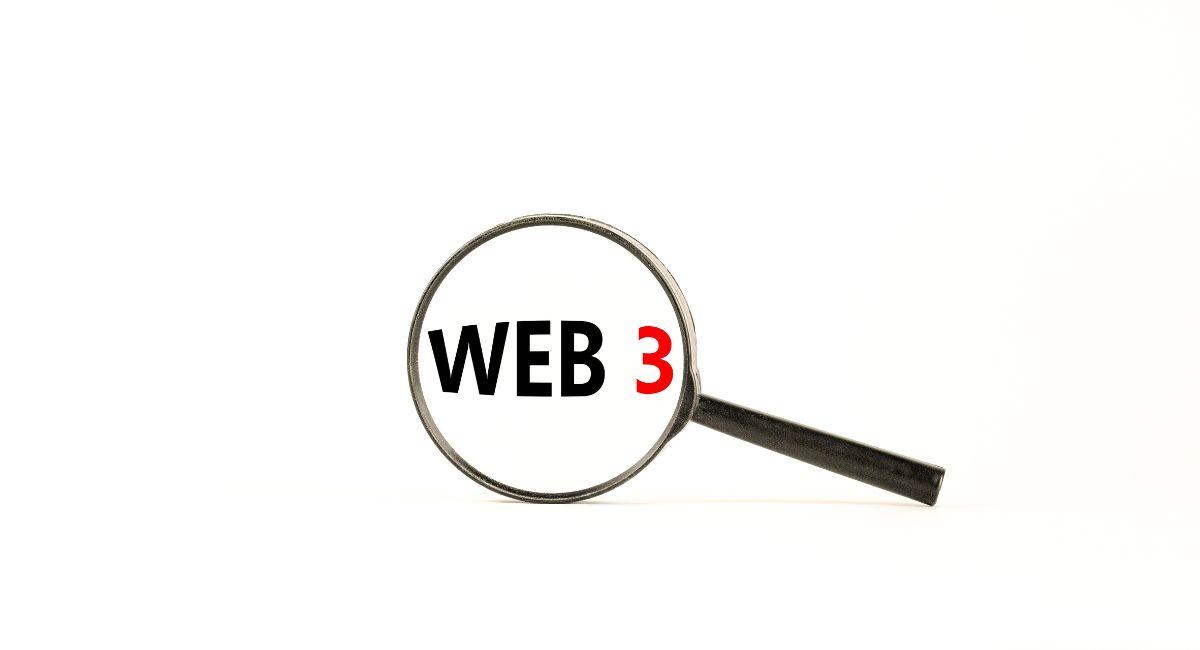Top 10 Intriguing Ways Web3 Is Disrupting The Billion-Dollar Gaming Market

Web3 technologies have sparked a revolutionary wave in the gaming industry, propelling it into a new era of decentralization, player empowerment, and economic opportunities. In this exploration, we delve into how is not only transforming but also overtaking the billion-dollar gaming market. Web3 is significantly disrupting the gaming market by introducing decentralized technologies, blockchain, and novel economic models.
Here are ten ways in which Web3 is transforming the gaming industry:
Top 4 factors helping the Web3 disruption:

1. Blockchain-Powered Monetization
1.1 Tokenization of In-Game Assets
Web3’s integration of blockchain facilitates the tokenization of in-game assets through non-fungible tokens (NFTs). This groundbreaking approach provides players with true ownership of their virtual belongings, creating a thriving market for unique and scarce in-game items.
1.2 Play-to-Earn (P2E) Revolution
The introduction of P2E models, fueled by blockchain, turns gaming into a source of income. Players can earn real-world value by participating in in-game activities, fundamentally altering the relationship between players and games. This economic incentive attracts a wider audience, contributing to the meteoric rise of Web3 gaming.
2. Decentralized Governance and Player Involvement
2.1 Decentralized Autonomous Organizations (DAOs)
Web3 gaming embraces DAOs, placing decision-making power in the hands of the gaming community. This decentralized governance model ensures that players actively shape the development, updates, and direction of the game, fostering a deeper sense of engagement and ownership.
2.2 Community-Driven Development
The incorporation of DAOs not only empowers players but also democratizes the development process. Players become active contributors, suggesting features, proposing updates, and influencing the overall trajectory of the game. This community-driven approach adds a layer of authenticity and relevance that traditional gaming models lack.
3. Play-to-Earn as a New Revenue Model
3.1 Economic Opportunities for Players
It Play-to-Earn models create economic opportunities for players beyond traditional gaming. Earning real-world value through in-game activities transforms gaming from a leisure activity to a viable income source, attracting individuals who may not have been traditional gamers.
3.2 Sustainable Revenue Streams for Developers
Developers benefit from the Play-to-Earn model by creating sustainable revenue streams. In addition to traditional game sales, developers can monetize in-game assets and transactions, creating a more dynamic and economically viable ecosystem.
4. Global Interconnected Economies
4.1 Cross-Platform Interoperability
Web3 gaming transcends the limitations of individual platforms. Cross-platform interoperability allows players to seamlessly transfer assets and characters across different games and platforms, fostering a globally interconnected gaming economy.
4.2 Expanding Market Reach
The interconnected nature of gaming expands the market reach beyond traditional gaming demographics. The lure of Play-to-Earn opportunities, true ownership of assets, and community-driven experiences attract a diverse audience, contributing to the overtaking of the billion-dollar gaming market.

🌐 Integration Unveiled! @DeChat_io 🤝 @PolyhedraZK
🚀 We’re excited to announce our Integration with Polyhedra Network, the architects of Web3 interoperability through efficient zero-knowledge proof protocols.
🔗 Polyhedra Network’s zkBridge is revolutionizing cross-chain… pic.twitter.com/5JikVJhdqs
— Dechat (@dechat_io) January 11, 2024
.

Conclusion
Web3’s influence on the gaming industry is nothing short of transformative. By leveraging blockchain technology, Play-to-Earn models, decentralized governance, and global interoperability, Web3 gaming has not only disrupted but is actively overtaking the billion-dollar gaming market. The future promises even more innovations, economic opportunities, and a gaming landscape where players are not just consumers but active participants in shaping the virtual worlds they inhabit.




























































